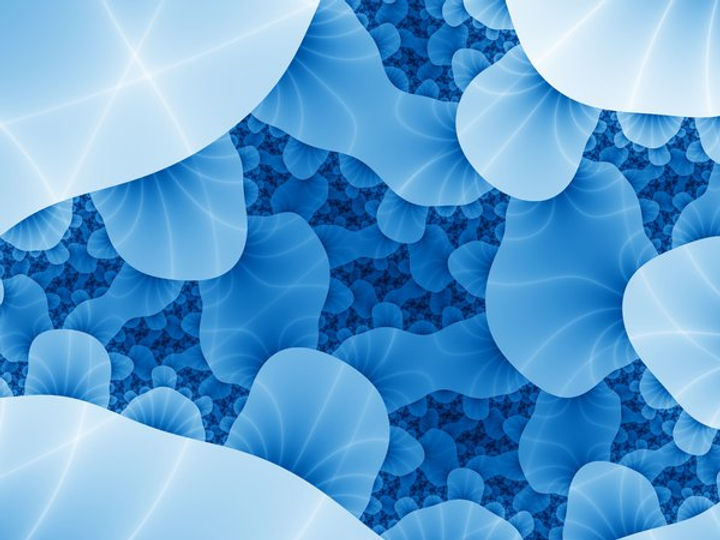
IMMUNOFLUORESCENCE TECHNIQUE
Discovery of immunofluorescent techniques
Albert Hewett Coons, M.D. (June 28, 1912 – September 30, 1978) was an American physician, pathologist, and immunologist. He was the first person to conceptualize and develop immunofluorescent techniques for labeling antibodies in the early 1940s.
Coons took a vacation trip to Berlin, Germany in 1939, where he had a scientific epiphany. Having discussed with colleagues the immunological nature of the "Aschoff nodule" (an intracardiac, endomyocardial collection of myocytes and inflammatory cells) in rheumatic fever, Albert had mulled over the nature of the antigens and antibodies that were involved in its formation. He later wrote:
"In strange cities, visitors have many hours alone. It struck me that this theory [of immunological hypersensitivity as the etiology of the Aschoff nodule] had never been tested and indeed could not be tested without the demonstration of antibody or antigen, preferably both, in the local lesions. I considered that it might be easier to find the antigen than the antibody... The notion of labeling an antibody molecule with a visible label was perfectly obvious in such a context."
When Coons shared these thoughts with German scientific colleagues, they were highly skeptical that such a task could be accomplished. Knowledge of antibody structure was rudimentary, a method for attaching a fluorescent molecule to antibodies did not exist, and even the very synthesis of such chemical tags was in its scientific infancy. Nonetheless, undeterred, Albert returned to Boston to tackle the project.


